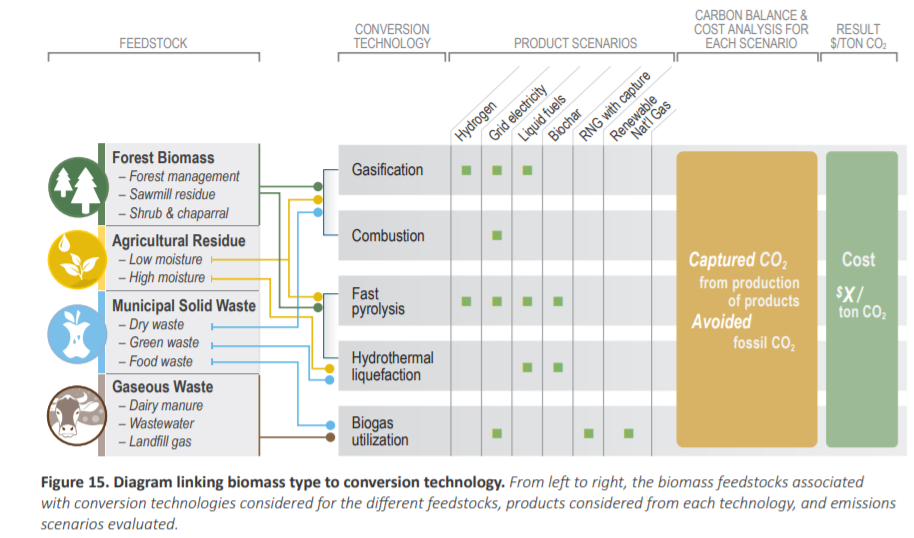 By Mark Omara and Joe Rudek
By Mark Omara and Joe Rudek
Multiple states are exploring the use of renewable natural gas to decarbonize their gas systems. Renewable natural gas tends to be a generic term that describes a variety of fuels, including hydrogen, synthetic gas and biogas.
As we explained in an earlier blog, not all biogas (a biomethane precursor) is created equal. In order to provide climate benefits, renewable natural gas fuels must result in a net reduction in methane emissions, since methane is a very potent greenhouse gas that is rapidly increasing the rate of near-term global warming. The simple label of “bio” on the methane does not mean that it is automatically renewable or that it provides climate benefits. Both the selection of source of the organic fuels and the injection methods must be done correctly to provide climate benefits.
But what does “done correctly” mean?
Ensuring no new or excess emissions
As part of its 2020 legislative session, California adopted Assembly Bill 3163. This bill expands the definition of biomethane to include methane produced via gasification technologies. This involves the thermal conversion of organic source materials to various gases without combustion.
Specific new biomethane sources include agricultural crop residue, yard and wood waste, but exclude crops or other organic sources produced as a dedicated feedstock to make biomethane.
For this to be “done correctly,” biomethane production and use must not result in new or excess methane emissions relative to current waste management practices.
Gasifying these organic sources would likely result in more net climate pollution due to methane leakage during production, processing and end-use applications. California’s Low Carbon Fuel Standard provides a framework for how to account for this leakage, but policymakers will need to consider how the expanded fuel stocks authorized in this new law fit within that framework.
Careful accounting is critical to assessing the climate benefits of biomethane Share on XBiomethane sources that show greatest climate potential
There are other sources of biomethane which could be harnessed and result in fewer, rather than more, emissions.
For example, some existing livestock operations, landfills and municipal treatment plants currently release methane directly into the atmosphere. Capturing those emissions and processing them to pipeline or transportation fuels would reduce overall climate pollution into the atmosphere. Even in these instances, methane leaks along the supply chain should be controlled to maximize the environmental benefit. In some cases, other pollutants emitted by these operations also need to be addressed.
A recent study from Lawrence Livermore National Laboratory found that organic sources, such as forest biomass and agricultural residue, could also be converted to energy sources, but are not considered viable source materials for biomethane.
According to the study, the only organics that are considered appropriate for biomethane are those currently producing biogas from manure, wastewater, landfills and food waste, which normally ends up in landfills. The best use of organics like forest biomass and agricultural residue as biomass fuels was for production of hydrogen or liquid fuels (using gasification) or for direct combustion to create electricity. However, the report notes that capturing and storing the carbon dioxide emitted from biomass fuel burning would be needed for California to meet its climate targets.
In California, the next step will be to implement rules for all biomethane to carefully consider the cost effectiveness and climate benefits in the gas pipeline transport network. EDF has a long track record of advocacy in this space and will continue to find new ways to engage with the pipeline transport companies and with the biomethane manufacturers to eliminate leaks in the system.
EDF will continue to engage in this emerging field to ensure that when biomethane is introduced into the system it is done correctly.
Michael Colvin contributed to this post.










